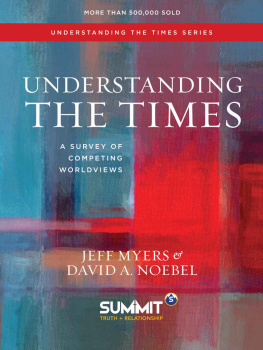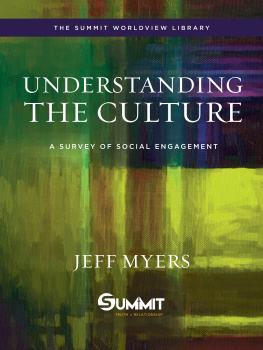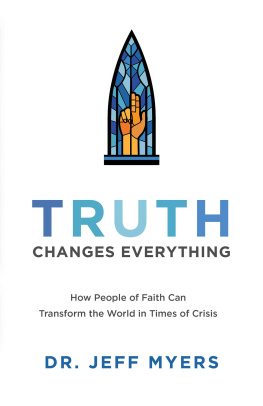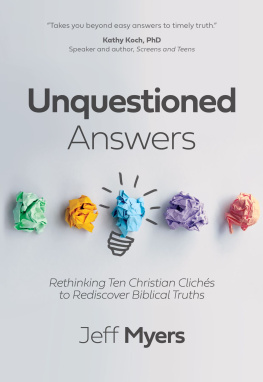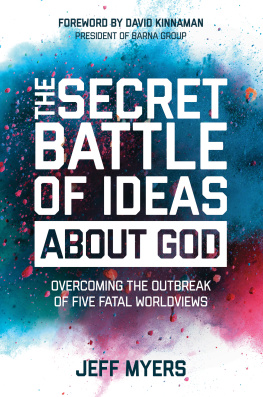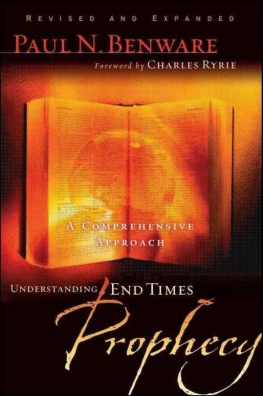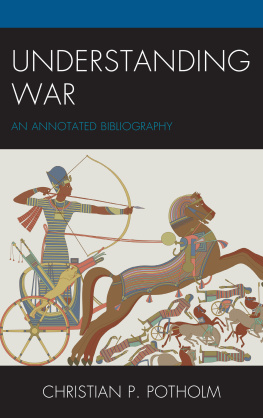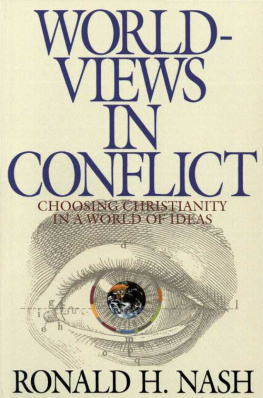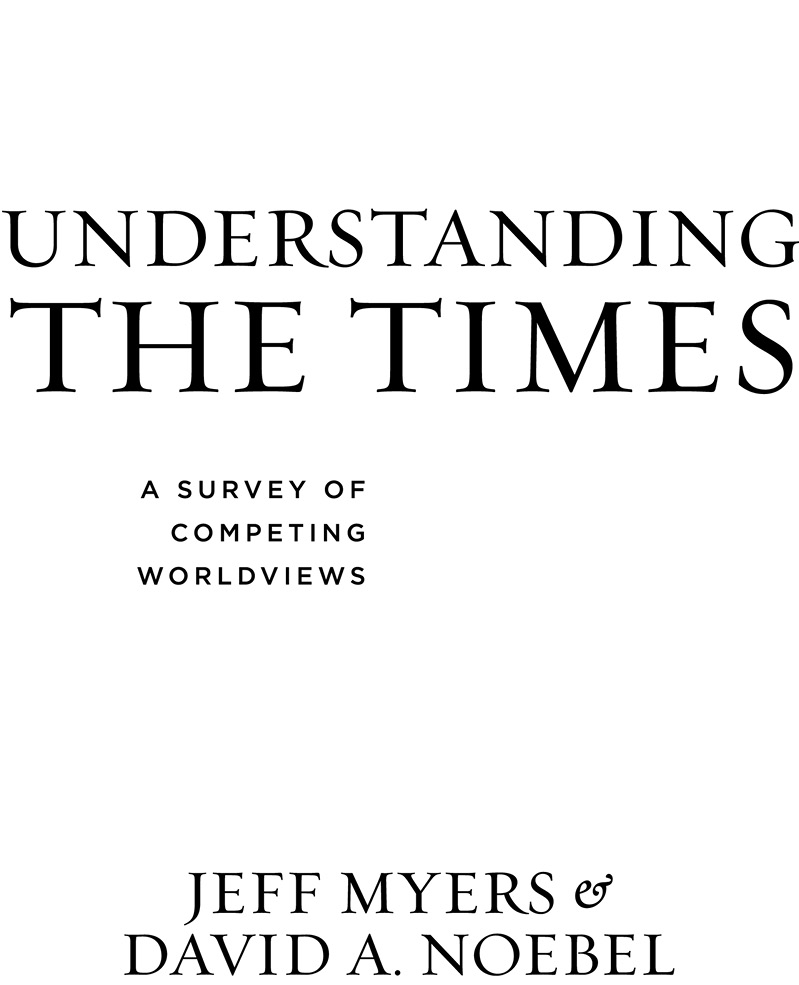The book you are holding has a very long story. It began when I was a junior in college and was asked to lead a study group on communism. From that day until now, my interest in the subject has led me to the conclusion that Marxism is a religious worldview. And like other worldviews, it competes for allegiance. This got me wondering: how does Christianity measure up to other competing worldviews? The answer took years to sort out. The first edition of Understanding the Times was the finished product of that sorting-out process.
The impact and reception was far greater than anything we could have imagined.
In light of that history, I am deeply pleased with this revised and updated edition. Jeff and his team have completed a marvelous achievement that will take its rightful place in the long legacy of this book. Their efforts have ensured that there will be still more generations that understand the times (1 Chronicles 12:32).
David A. Noebel, Founder
Acknowledgments
This work began as a work of trepidation: how do you take a classic workand one of the most popular texts on biblical worldviewand update it?
Thanks to the wisdom of teams, though, it turned into something that transformed those who were part of it. From the Verdoorn family, who helped make it financially possible, to Joey Amadee, whose tireless genius conceived and wrote every line of code for its brilliant digital delivery system, I find myself humbled and inspired.
A whos who of subject matter experts checked various chapters for its accuracy and logic. These include Dr. Nabeel Qureshi, Dr. Hunter Baker, Dr. Paul Kengor, Dr. Douglas Groothuis, Dr. Scott Smith, Dr. Francis J. Beckwith, Dr. W. Gary Phillips, Dr. Scott Rae, Attn. Casey Luskin, Dr. Clark Rose, Prof. Ernest Skip Burzumato, Attn. Jeffrey Ventrella, Dr. Eric Patterson, Dr. Jay W. Richards, and Dr. Richard Shumack. Their helpful comments and insights were thoughtful and impassioned.
David Knopp was our project manager, keeping the trains running on time with the aid of the impeccably organized Amanda Bridger. My executive assistant, Tosha Payne, looked over just about every chapter and gave comments that erased errors and doubts about whether the thing was actually interesting to read.
Our editors and proofreaders, Carlos Antonio Delgado, Robert Hand, Jason Graham, Trudy Friesema, and Dr. Paul Copan read every word and made just the right suggestions in just the right places.
The entire team has dedicated hours upon hours to help me craft the best edition of Understanding the Times. Nevertheless, wherever this volume may be found deficient, that responsibility lies solely with me.
Our curriculum director, Roy Faletti, developed the relationships with schools that tested the whole project with their students.
I would also like to thank our Vice President of Programs, Eric Smith, who kept the Summit boat moving smoothly through the water while I wrote six hours a day for nearly a year.
My long-time friend, John Stonestreet, participated in brainstorming sessions and high level edits and helped me chart a course of accuracy while avoiding theological landmines.
Finally, I would like to thank the Myers children, who patiently listened to me read from newly written chapters and then asked questions. May the understanding of what is between these covers be part of your generations legacy.
Jeff Myers, President
Summit Ministries
CHAPTER
The Battle of Ideas
1. The Secret to Understanding the World of Ideas
To understand the world of ideas, we must figure out how tennis champs return opponents blazing fast serves and how chess masters memorize the position of every piece on the board.
If youve ever been on a tennis team, your coach probably told you to keep your eye on the ball. But thats not good enough if you had to return a 150-mile-per-hour serve from former world champion tennis player Andy Roddick...
By the time you react to the serve, the ball is already past you. Yet those who played Roddick regularly returned such serves. How could they possibly do this?
Now think about how chess grand masters read the chess board. After just briefly seeing the board of a partially played chess game, they are able to remember the exact placement of the pieces. Do they have a photographic memory?
To understand the world of ideas, we must figure out how tennis champs return opponents blazing fast serves and how chess masters memorize the position of every piece on the board.
Maybe tennis and chess champions are just made differently from the rest of us. Maybe theyre more gifted. It would be somewhat of a relief if this were true, because wed be off the hook for figuring out their secrets and applying them to our own lives. But its not that simple.
2. Champions Succeed by Mastering the Worlds Patterns
Champions have learned to see things differently. This gives them a level of success the rest of us find amazing. Understanding how they do it is the key to successfully navigating our complicated, confusing, and contentious world. There are two keys to unlocking the mystery.
Key #1: We live in a rule-governed universe. Andy Roddick cant serve the ball anywhere he likes. He has to make it land in a certain square on the court, or it doesnt count. Similarly, pieces on a chess board cannot be moved wherever the player wishes. There are rules about what each piece can do. Life is like that too. There are rules. If we can underst how to make the world a better place.

